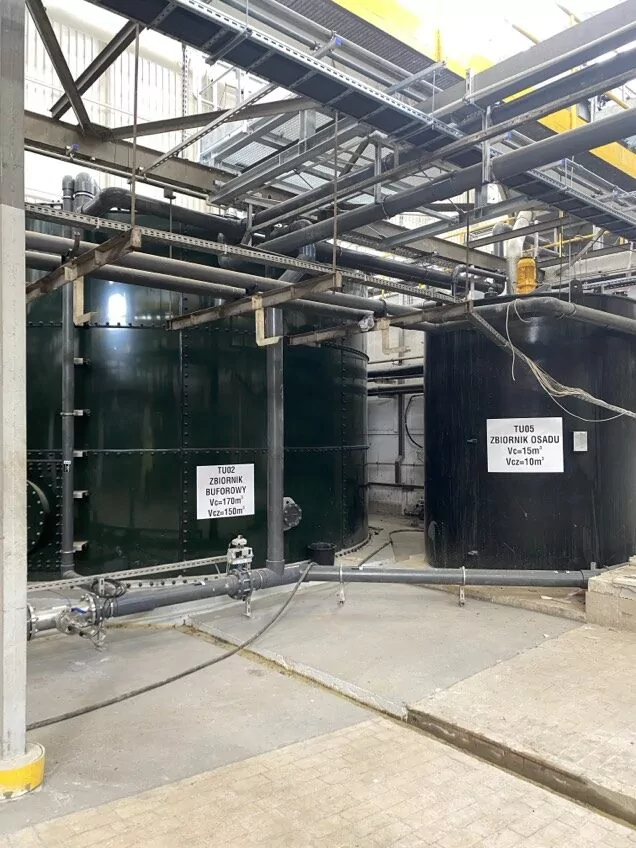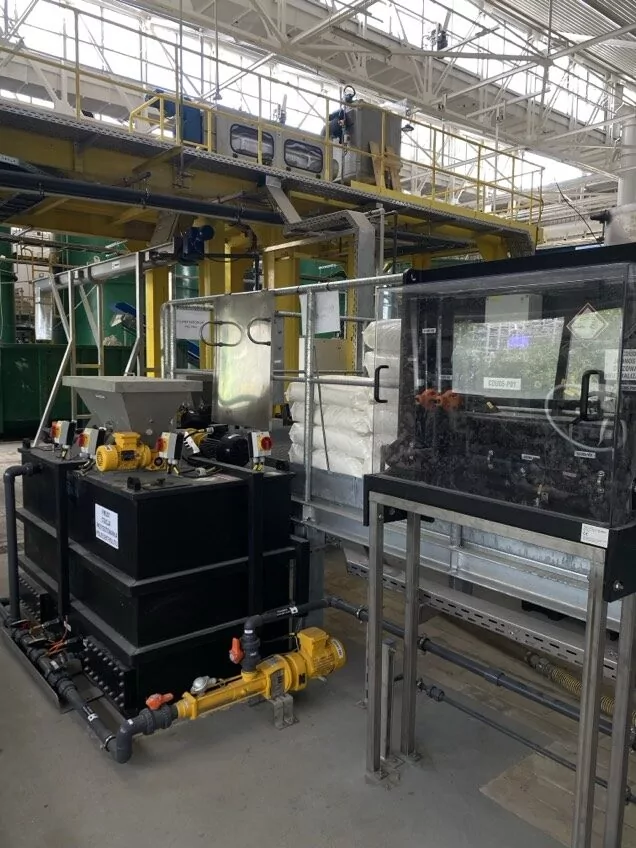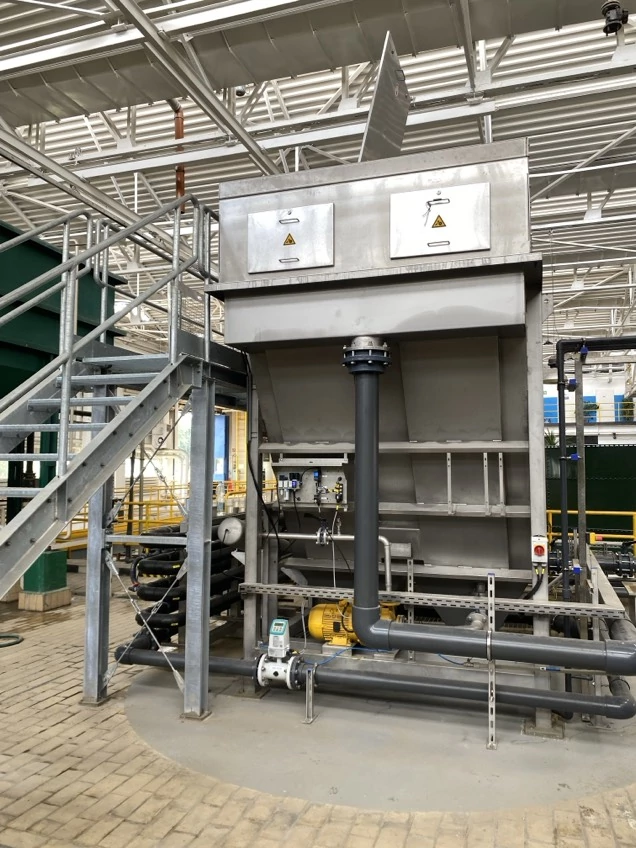Project's context & challenges
Stellantis is a multinational corporation that designs, develops, manufactures, and sells automobiles. Formed in 2021 through the merger of Fiat Chrysler Automobiles (FCA) and the French PSA Group, Stellantis ranks as the fourth-largest automaker by sales. The company operates 16 brands, including Abarth, Alfa Romeo, Chrysler, Citroën, Dodge, DS, and Fiat.
One of Stellantis’ largest manufacturing plants operates in Tychy, Poland. This facility produces a new car every 46 seconds and employs over 2,600 people. In addition, 56 service providers support the plant's operations. Stellantis is actively expanding and modernizing its production facilities, which also involves upgrading its existing wastewater treatment plant (WWTP).
PM Group is managing the overall modernization project and serves as the project coordinator. Based on a history of successful collaboration, PM Group invited NSI CE to participate in the tender for the WWTP and water treatment plant (WTP) package. After several meetings, Nijhuis secured the contract to modernize the WWTP. The project includes the installation of a temporary rental unit to maintain operations until the permanent system becomes operational.
Customer benefits
Optimization of the real operating cost of the system (chemicals, power consumption, etc.)
Rental solutions are based on a ‘plug and play’ principle, helping to achieve the ever demanding sustainable requirements
Optimized system to fulfil technological requirements
Solution
Along with NSI Global Office and local sub-suppliers, NSI CE has developed a winning conceptual solution for the WWTP modernization. Based on this concept, an offer has been prepared for the wastewater treatment plant in the“technological turnkey format.”
Nine different sources, primarily the paint shop, will contribute production wastewater. The system will direct this wastewater into two buffer tanks, separating it based on pollution levels. After equalization, the flow from the phosphating and optionally degreasing streams will move to a flocculation-flotation system. This stage will significantly reduce insoluble pollutants. Operators will add Fe(III), caustic/SAX, and anion PE to trigger co-precipitation of metals.
The process will maintain a pH of 6.5–7.0 for metal separation. However, not all metal hydroxides will reach sufficient insolubility at this range. In such cases, operators will add an additional precipitating agent to meet discharge requirements. After coagulation and metal precipitation, the system will proceed with flocculation and flotation.
To minimize sludge volume destined for disposal, the setup includes a sludge dewatering system based on a screw press.
Scope of supply
- Rental of IPF semi containerised system based on flocculation-flotation.
Added value services
- Installation works on site
- Comissioning
- Start-up and training of operators
- Project Management
- Engineering
- Manuals



